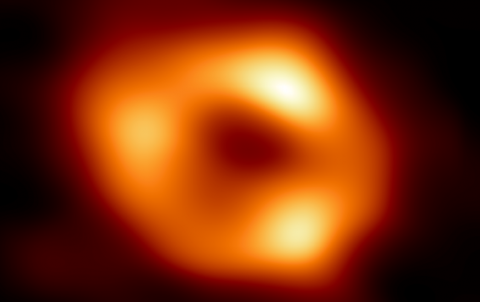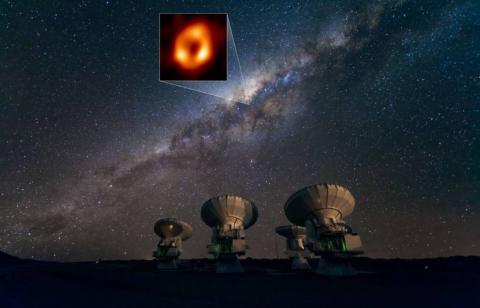The telescopes of the PLATO mission will be the European Space Agency's (ESA) new eyes in space for the use and enjoyment of the international scientific community. Its acronym refers to planetary transits and oscillations of stars, a nod to the philosopher Plato's search for a physical law that would explain the orbit of the planets - then wandering stars - and that could satisfy the needs of his ideal cosmological vision of uniformity and regularity.
After the Hubble and James Webb space megatelescopes, it is the turn of other smaller but also important space telescopes due to their specialisation, in this case, the search for exoplanets. PLATO itself is a multitelescope with 26 telescopes (cameras) on a single platform.
It is a major astrophysical mission in ESA's science programme dedicated to the identification and characterisation of exoplanetary systems - stars, planets and/or their moons outside the solar system - with a special focus on Earth-like planets orbiting within the habitability zone of stars similar to our sun. This zone is a region around a star in which the incident radiation would allow liquid water to be present on the surface of any planet or rocky satellite within it that has a mass on the order of that of the Earth and up to ten times more mass and an atmosphere. So far, in the record of the more than 5,000 exoplanets found, none of the Earth-sized ones - small in proportion - with known mass and radius in the habitable zone orbiting sun-like stars have yet been dated.
The configuration of the PLATO project is much more complex than other missions, as it requires combining the data provided by the space telescope with radial velocity observations on the largest and most powerful ground-based telescopes. This involves a lot of preparatory work, including the definition of a large catalogue of stars: about a quarter of a million stars will be monitored by PLATO. The configuration of the PLATO project is much more complex than other missions, as it requires combining the data provided by the space telescope with radial velocity observations on the largest and most powerful ground-based telescopes. This involves a lot of preparatory work, including the definition of a large catalogue of stars: about a quarter of a million stars will be monitored by PLATO.
A large Spanish participation
Researchers and engineers at INTA (Instituto Nacional de Técnica Aeroespacial) and CAB (Centro de Astrobiología), with the support of Spanish aerospace industries, have been working since 2008 on the development of significant elements of PLATO's 26 chambers. The Spanish technical and scientific contribution to PLATO is currently funded by a project coordinated by the State Research Agency, which includes teams at INTA, CAB, IAA, UGR, UV and IAC, as well as by funds managed by CDTI.
INTA's Space departments are responsible for the development of the manufacturing (together with the company LIDAX), assembly, integration, verification and testing in representative flight environments of the 26 Focal Planes (FPA), including the alignment of the detectors and verification to accuracies of a few microns (thousandths of a millimetre), for which very precise metrological instrumentation has been provided in a unique clean room facility with controlled environment conditions.
In addition, INTA's Space Optics department will be responsible for the thermal vacuum testing of more than ten flight telescopes, completely renovating the already unique thermal vacuum chambers of its environmental facilities; the Instituto de Astrofísica de Andalucía (IAA) together with the University of Granada will provide the Main Electronics Units, with twelve powerful on-board computers, and the Instituto de Astrofísica de Canarias (IAC) will be responsible for the Power Supply Units for the electronics. All of them in collaboration with the companies Thales Alenia Espacio and Airbus CRISA.
Countdown to 2026
At the time of writing, PLATO's FPA has successfully aligned and verified the tight requirements of the first flight model in the desired shape, with an accuracy down to the micron. A grid of four detectors, like the retinas of our eyes, perfectly framed with respect to the part where the mechanical camera mount will rest with the optical lenses of the telescope.
It seems that the timescales are tight, but space missions move slowly and, with two decades since the initial mission proposal, there is still a lot of hard work to do until the expected launch in Christmas 2026. Let's hope that we will be on time and that we will eat our grapes with the mission already launched, as happened last year with the James Webb mission.
Students know the eight planets of the solar system very well thanks to the hard work of astronomers, since Galileo used a telescope to start observing them, until astronautics and space probes have been discovering them in detail. From now on, the exoplanets, which have already won two Nobel Prizes, will be coming through people's eyes until we find the longed-for "Earth 2", thanks to these new lines of research and technological development, true works of human ingenuity.



